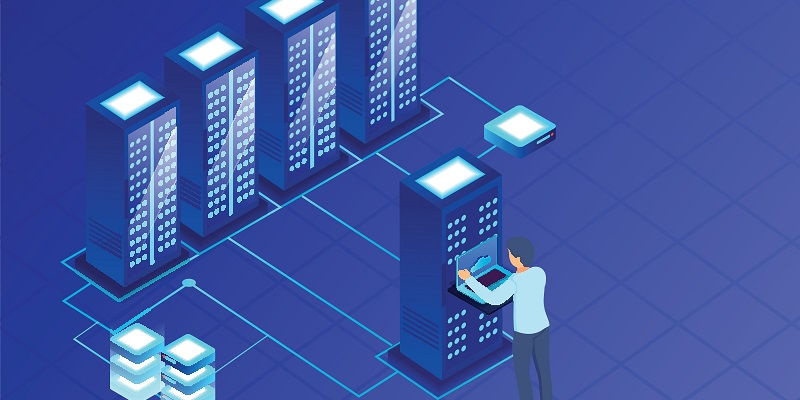Fujitsu, the Japanese multinational information technology company, has recently undertaken a thorough review of its data center strategy in the Americas. As a result, the company has made the decision to close its North American data center business while continuing to operate in the sector in Europe. This move highlights Fujitsu’s recognition of the evolving market dynamics and demonstrates its commitment to aligning its services with industry trends and customer demands.
Fujitsu’s Data Center Business in North America
The decision to withdraw from the data center business in North America can be attributed to several factors. One significant reason is the commoditization of the data center market, with cloud services rapidly gaining popularity. Fujitsu acknowledges that it lacks the necessary size and scale in this highly competitive market to effectively compete on its own.
Shift Towards Cloud Services
Recognizing the prevailing trend towards cloud computing, Fujitsu has chosen to embark on a new direction by aligning itself with the leading cloud providers. The company acknowledges the dominance of the “three cloud kings” and has decided to support them through collaborative partnerships rather than trying to compete head-on.
Fujitsu’s strategy in North America centers around leveraging partnerships with major cloud providers. Rather than attempting to rival their expansive capabilities, the company aims to collaborate with these industry leaders to deliver value-added services and solutions to their shared customers. By focusing on their core competencies and partnering with the cloud giants, Fujitsu aims to provide seamless integration and enhance customer experience.
Fujitsu’s Data Center Business in South America
In South America, Fujitsu faces comparable challenges regarding its data center business. The company recognizes that data centers are currently not a key business in the region due to size and scale limitations.
To overcome the constraints posed by scale and size, Fujitsu is once again adopting a partnership-oriented approach in South America. The company aims to build strategic alliances with local market players and cloud providers to expand its reach and meet the region’s evolving data center demands.
Strategic Importance of Data Centers in the Caribbean
In the Caribbean, Fujitsu’s data center segment remains a strategic priority. The company recognizes the unique value and significance of data centers in the region and intends to maintain a strong presence there.
The Caribbean region is ripe with growth opportunities and has shown a growing dependency on data center services. Fujitsu aims to cater to this demand by delivering reliable and secure data center solutions that can support the region’s economic growth and technological advancements.
Collaboration with Microsoft
Earlier this year, Fujitsu and Microsoft entered into a five-year partnership agreement to strengthen their existing collaboration efforts. This collaboration aims to leverage the combined expertise of both companies to deliver innovative solutions in areas such as artificial intelligence, hybrid IT, and cloud services.
The partnership with Microsoft serves as a significant milestone in Fujitsu’s cloud and data center strategy. By aligning with one of the industry’s leading technology providers, Fujitsu reinforces its commitment to staying at the forefront of technological advancements and delivering cutting-edge solutions to its customers.
Fujitsu’s Global Data Center Presence
While Fujitsu has exited the data center business in the Americas, the company continues to operate data centers in other regions. It maintains a strong presence in the United Kingdom, Australia, and its home country, Japan.
In Japan, Fujitsu is conducting robotics trials within its data centers. This innovative approach showcases the company’s commitment to exploring emerging technologies and their potential applications in the data center environment.
Fujitsu’s decision to reassess its data center strategy in the Americas reflects the company’s agility and adaptability in responding to industry shifts. By exiting the data center business in North America and focusing on partnerships with cloud providers, Fujitsu aims to deliver enhanced value and seamless integration to its customers. While data centers may not be a top priority in South America currently, the company seeks to leverage strategic alliances to expand its reach in the region. In contrast to its approach in the Americas, Fujitsu recognizes the strategic importance of data centers in the Caribbean and continues to prioritize its presence there. Collaborations, such as the partnership agreement with Microsoft, serve as crucial building blocks for Fujitsu’s future growth and innovation. With its global data center presence and ongoing exploration of emerging technologies, Fujitsu remains committed to delivering cutting-edge solutions to meet the evolving needs of its customers in the Americas and beyond.

